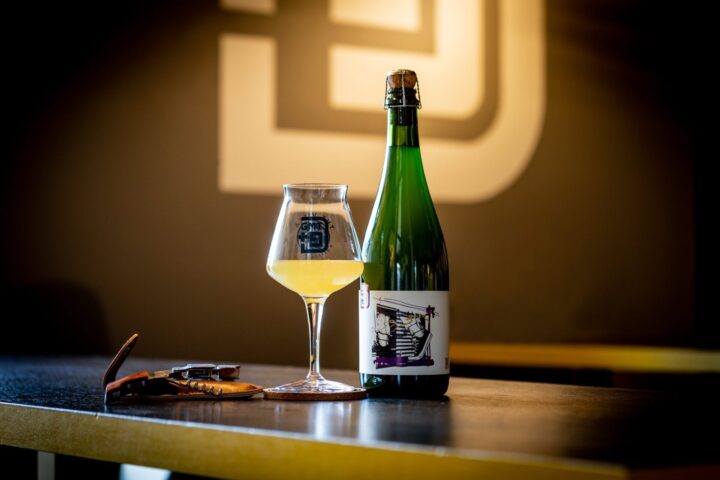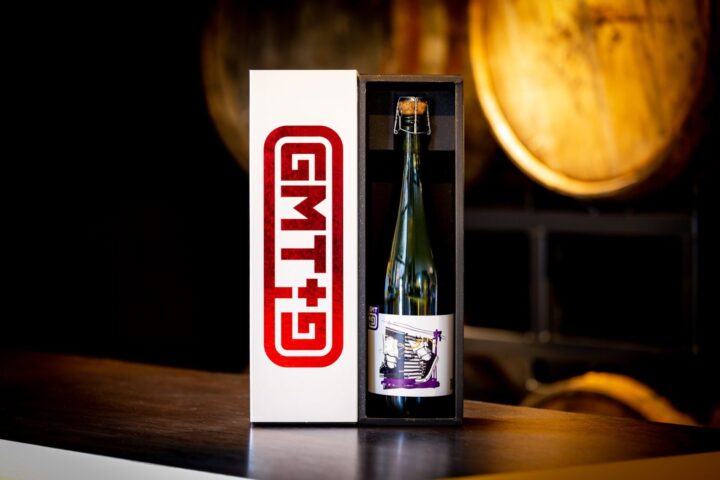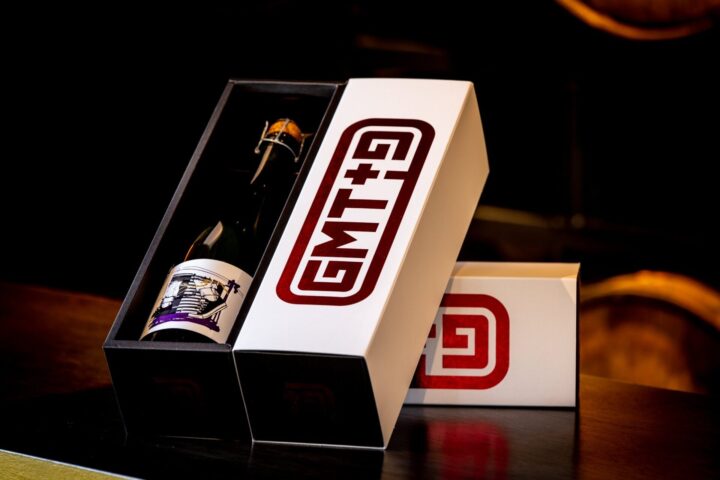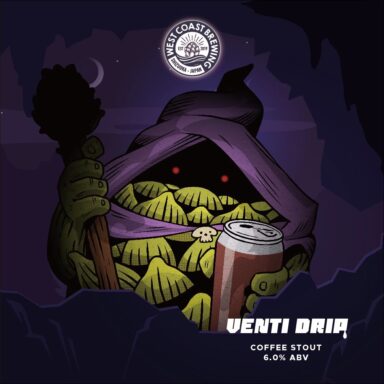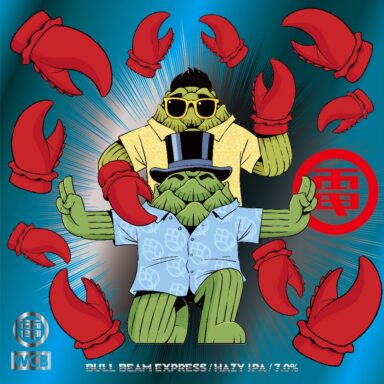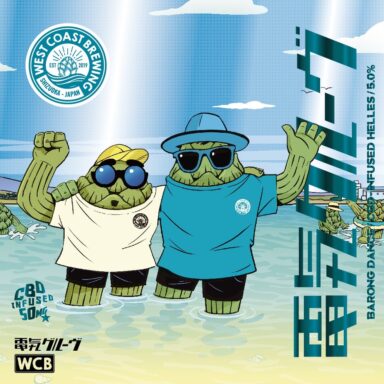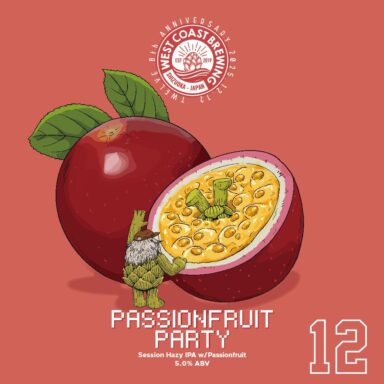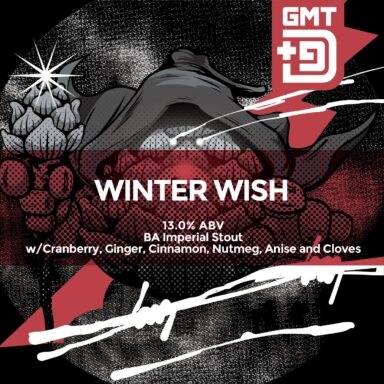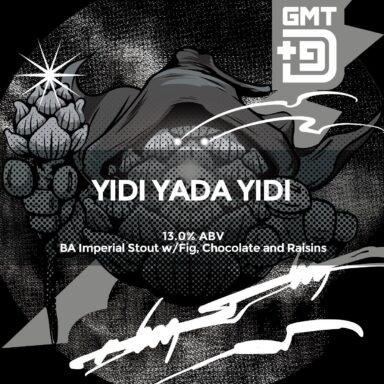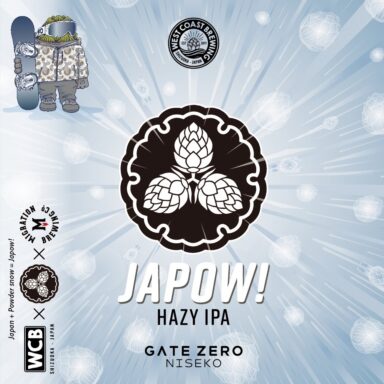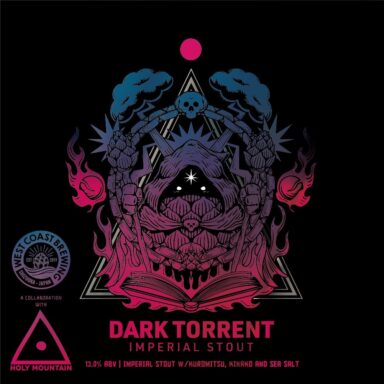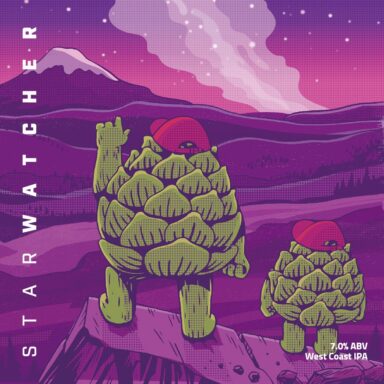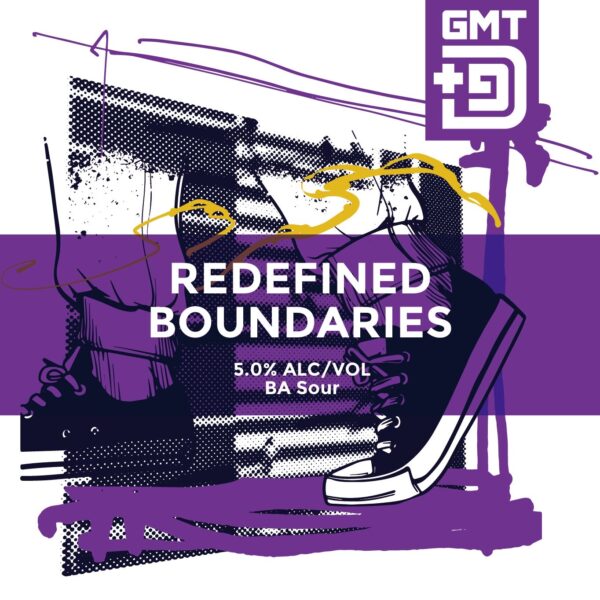
Redefined Boundaries
BA Sour / 5.0% ABV
w/Kiwi fruit
キウイ由来の味わいや香りは、ほんのりと。瓶詰め直後にはそれなりに感じていたものの、瓶内二次発酵が進むにつれて薄れていった印象。これまでにリリースした GMT+9 の BA Sour よりも、瓶底に沈殿している酵母や残渣(ざんさ)は多少多めであり、恐らくキウイフルーツの要素が含まれているのだろうと思います。
強めに感じる硫黄感から、ビールが温まるにつれて高まる桃のような良いアロマへ。副原料の入っていないバージョン(Meticulous Affixation)と比較すると、綺麗で複雑さが無く、少々のキウイフルーツの果実と、果皮由来のものを感じる。酸味は副原料の入っていないバージョンより弱く、バランスが良く取れている。
■発酵容器:赤ワイン樽(フランス、日本)、白ワイン樽(フランス)
■発酵熟成時間:18 か月
■副原料:キウイフルーツ(静岡県・富士川)0.17kg/L
■二次発酵用糖類:生はちみつ(静岡県浜松市・⾧坂養蜂場)
【保管と賞味方法について】
■保管場所:冷暗所
■サービング温度:4℃~10℃
■おすすめグラス:タンブラー、チューリップ、フルートシャンパングラス、スニフター
瓶を開ける際に、コルク抜きが必要な場合があります。栓を抜いた直後には泡が出てしまう可能性があるため、必ずシンクなど水回りのある場所で開けてください。また、コルクが飛んでしまうこともありますので、開栓の際はくれぐれもご注意ください。
保管中は瓶を頻繁に動かさないようにし、横に寝かさず立てるように置いてください。瓶底には酵母や菌が沈殿しています。注ぐ際に、これらがビールと一緒に出ないよう、ゆっくりと瓶を傾けながら注いでくださ
This beer's kiwi notes are subtle. They were definitely more pronounced after first bottling, but seemed to have dropped somewhat during the conditioning process. It should be noted that there is more sentiment in these bottles, which is likely kiwi particulate. Big poppy sulfur up front, issipates into a more pleasant fruity aroma, that's peachy but hints at the kiwi that builds as the bottle warms. cleaner and less complicated than the unfruited, but has a slight note of kiwi and kiwi skin in the finish. Less than unfruited, but well balanced.
■Fermentation Vessel(s): A blend of used French oak red and white wine barrels and Japanese red
wine barrels
■Time: 1.5 years in barrel
■Adjuncts: 0.17kg/L Fujikawa (Shizuoka) kiwi fruit
■Priming Sugar: Locally sourced honey
【Storage and Handling】
■Storage: Store in a cool, dry and dark place.
■Serving Temperature: 4-10C
■Glassware: Tumbler, Tulip, Flute, Snifter
When opening these bottles, a corkscrew wine opener may be needed. It's also recommended that these bottles should be opened in the presence of a sink as they may foam over. Please be careful of the cork as it will often pop and fly off.
Do not disturb the bottle during storage and store upright. Do not agitate the bottle before pouring. There will always be a layer of yeast and bacteria at the bottom of these bottles that should not be poured into the glass and remain in the bottle. Pour gently and slowly tilt the angle of the bottle to prevent the settled microorganisms from entering the glass.

